
It’s well established that media holds a lot of influence in the world. Whether it’s political ideologies, the latest news, or who wore who to the Met Gala, the media has a hand in it all.
In 2020, Netflix released a documentary series entitled Trial By Media, which explores how trials do not always take place in a courtroom, but come in the form of journalism and now, cancel culture too. While this series explored the media’s influence on actual crimes, it goes to show just how much the media can and does affect what people think.
When we look closely at day-to-day life, we see that the media seeks to influence nearly all aspects of our lives—including fashion. That’s why it’s important to think of “Big Media” the way you think of Big Oil or Big Business—some healthy skepticism will do us all some good.
- What is Greenwashing?
- How the Media is Hurting the Sustainable Fashion Movement
- Why Does the Media Greenwash?
- Does the Media Greenwash for Financial Gain?
- Are the Media Experts in Sustainable Fashion?
- More Examples of the Media Promoting Greenwashing
- Other Sources of Greenwashing
- Where Do We Go From Here?
What is Greenwashing?
Here at Eco-Stylist, it’s hard to ignore the role Big Media has played in sustainable fashion. While the media can give sustainability and ethical production a larger audience, their role is often a negative one: spreading misleading information known as greenwashing.
Greenwashing is when brands exaggerate or lie about their sustainability efforts in order to sell more products and better their public image. While the media is not the cause of greenwashing, they do perpetuate it to millions and millions of people—and that’s a problem.
Examples of greenwashing by the media include the promotion of H&M, Zara, Alternative Apparel, Athleta (owned by GAP), Madewell (owned by J. Crew), Allbirds, Everlane, and other brands in multiple “Top Sustainable Brands” articles. As you can see from the linked sources, some of these brands are incredibly un-sustainable (H&M and Zara), while others (Everlane and Allbirds) are very complicated and don’t do enough to ensure fair wages.
One thing is clear though: none of these brands belong on any list of “Top Sustainable Brands” when there are better brands out there really doing the work. Let’s discuss.
How the Media is Hurting the Sustainable Fashion Movement
Even if the media is well-meaning in their coverage of sustainable fashion, and we hope they are, there are some pretty serious consequences to the way they cover the topic. One big concern is the media’s impact on search engine optimization (SEO).
If you’re unfamiliar, SEO is essentially what helps content rank well to appear on the first page of Google. Ranking high in Google is important because what ranks at the top is what gets read. Media has pretty massive authority when it comes to SEO so a lot of the content they write ranks well, even when it’s full of greenwashing.
And there lies the problem: if the first article you see on sustainable fashion is not written by experts, but is instead written by big media, then you’re not going to get to the truth. At least, not very easily.
Getting the right information to people quickly matters. When it comes to sustainable fashion the media is too often not helping people get the right information.
Why Does the Media Greenwash?

The media is where people go for news and they’re always trying to stay relevant and on top of trends. The reason that media is covering sustainable fashion and ethical fashion is pretty obvious: it’s because it’s trending and gaining popularity.
And to be clear, that’s not a bad thing. The fact that media wants to cover this topic is great.
While we appreciate the enthusiasm for sustainable fashion, we don’t appreciate the misinformation. There’s two big reasons the media is getting it wrong: financial motivations and lack of expertise.
Does the Media Greenwash for Financial Gain?
Yes—and there are multiple ways this happens including paid placements and affiliate links. Let’s start with paid placements.
Big media often publishes greenwashed press releases, and we previously called out H&M and the related media sources for doing exactly that. One theory would suggest that perhaps the media is publishing this because its newsworthy. Another, more likely theory is that these brands are paying to have their press release published (pretty standard practice, actually).
And that’s not the only type of paid placement. Brands can also pay to be featured in “Top Sustainable Brands” articles.
For example, Eco-Stylist was offered a spot in a USA Today article entitled “15 Fashion Founders to Watch For in 2021,” at a cost of $2500. We weren’t interested but you can see how this quickly gets misleading: had we accepted we would be listed in the article not because we earned it but because we paid for it.
It’s not hard to imagine they are also charging for other articles like “25 sustainable brands to shop right now” that they, and other media sources are known to publish.
USA Today isn’t the only member of Big Media that is publishing articles like this. New York Post, Good Housekeeping, Forbes, and ABC News (more examples listed below) are also part of the problem, with brands like Alternative Apparel and H&M clumped together (instead of juxtaposed) on lists alongside brands that are actually excelling at doing their part in sustainable fashion (such as Nudie Jeans and Nisolo).
How Big Media Makes Money from Greenwashing Part 2: Affiliate Links
You’ll also notice that many of these articles are full of affiliate links.
That’s not inherently bad: we use affiliate links at Eco-Stylist too. It’s a great way to help us generate some money for our work while keeping our service free for you.
But there’s one key difference: we only partner with brands that we certify. This means we certify many brands that we don’t have affiliate relationships with.
When it comes to the media, if they lack clear criteria to establish what makes a brand “sustainable” then they’re likely to pick brands because they have affiliate programs, and not because they’re the most sustainable. That’s a mistake.
In many of the media articles we’ve provided as examples in this article all of the links are affiliate links, meaning it’s safe to assume that was a primary factor in that publication’s selection of brands.
Now that we’ve covered some of the financial motives, let’s discuss another part of the problem: lack of expertise.
Are the Media Experts in Sustainable Fashion?
No. When the media decides to ignore seeking out real experts in sustainable fashion, and instead pretends to be experts in a field they’re genuinely unfamiliar with, it’s definitely a “stay in your lane” moment.
At Eco-Stylist we’ve been researching and writing about sustainable fashion for 4 years. In contrast, when New York Mag decides to spend a few hours researching sustainable fashion and write their own guide to it, it’s no surprise that the guide isn’t very good.
The media could improve these articles if they hired a sustainable fashion expert to write it, paid a sustainable fashion expert for a list of vetted brands, or at least used a free vetted directory of brands (like ours) as their starting point.
We rarely, if ever, see a list of sustainable brands from big media that we agree with. We do see a lot of good brands in their lists such as Patagonia, Outerknown, Nisolo, Girlfriend Collective, Reformation, Pact, Asket, and Veja. We also see many big media articles open with a paragraph about greenwashing and how it’s important to avoid it.
This is problematic because acknowledging greenwashing and including genuinely good brands in these articles makes it all the more confusing for readers when these articles also contain brands that are greenwashing.
Why big media decides to compile their own non-vetted list of brands, and why they include brands guilty of greenwashing in those lists is a mystery to us. However, it’s not hard to imagine that the decision is financially motivated.
More Examples of the Media Promoting Greenwashing

Throughout this article we’ve talked about examples of big media promoting greenwashing. Here’s a few more examples of media sources that have been found guilty of this practice, along with a reference to some of the questionable brands they mention.
- New York Post: Alternative Apparel, H&M Conscious
- Rolling Stone: Allbirds, Alternative Apparel
- USA Today: Athleta (owned by GAP), Madewell (owned by J. Crew)
- Good Housekeeping: Levi’s, Ralph Lauren, Alternative Apparel, H&M Conscious
- Entertainment Tonight: Everlane
- Forbes: Everlane, Levis’s, H&M Conscious
- ABC News: ASOS, New Balance
- Glamour: Levi’s, DL1961
- Fast Company: Everlane, Levi’s
This list is hardly exhaustive and really only scratches the surface on big media’s big greenwashing problem. At the same time, big media isn’t the only source of greenwashing in our society.
Other Sources of Greenwashing
As an example, let’s take a look at this article from a source we’ve promoted for thrifting: thredUP. This article holds the number one spot in Google when you search for “most sustainable brands.” Despite their excellent position in Google, the article contains many brands that have been guilty of greenwashing or have less than stellar sustainability ratings: Alternative Apparel, H&M Conscious, Everlane, Allbirds, DL1961.

In thredUP’s defense the article links to their own used inventory, not the brand’s websites, meaning they’re promoting thrifting. While thrifting can be brand agnostic, it doesn’t make this article any less problematic: at the end of the day they’re endorsing these brands and with a number one spot in Google they have a lot of responsibility to get the brands they endorse right.
Brands can also do the greenwashing for themselves. ASOS, Amazon Essentials, SHEIN, and Urban Outfitters are all examples of brands that are guilty of greenwashing through their marketing. All four of these lines have been put to the test at Eco-Stylist, and none of them have passed.
Where Do We Go From Here?
For now we can’t recommend using the big media as a resource for discovering sustainable fashion. In all the content we reviewed preparing this article we can only recommend that you avoid big media altogether in your search for a more conscious closet.
None of this is to say that brands guilty of greenwashing or the big media that promotes them can’t improve in the future… they just aren’t good enough today. Eco-Stylist is asking these brands to be upfront and truthful about their efforts. We also ask that big media like USA Today, Good Housekeeping, and Rolling Stone do their part in creating more accurate and well-researched articles as it pertains to ethical fashion.
Luckily, you don’t need big media for sustainable fashion because there are much better resources out there.
How Can You Bypass the Media’s Greenwashing?
As you can see, when it comes to sustainable fashion it’s really important to question the sources of your information. The biggest and most popular sources aren’t always the best ones.
A great way you can challenge the media’s greenwashing is to not play their game. Instead of using the media as a resource, find a source you trust, a source powered by sustainable fashion experts, a source that researches the brands they recommend.
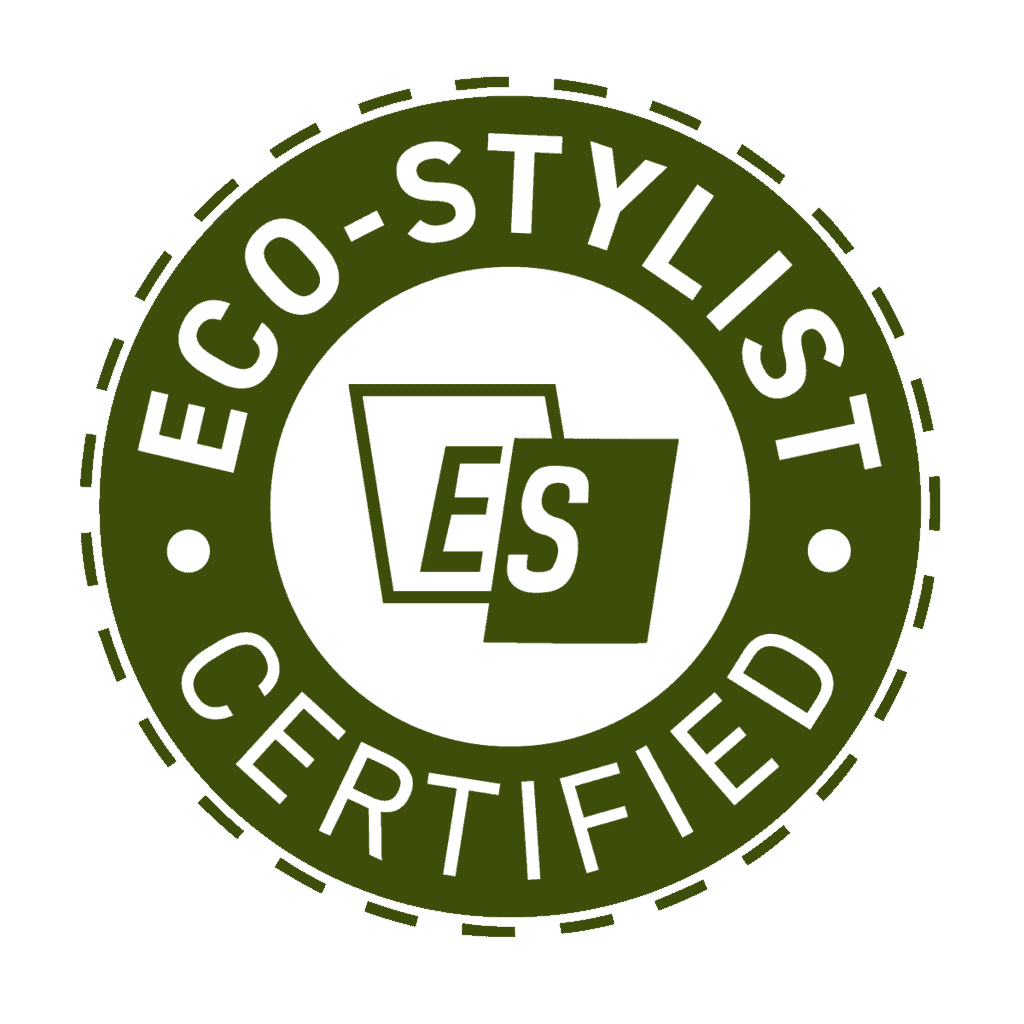
While we are not the only resource for ethical fashion, Eco-Stylist is a great option for you to use, built by people who live and breathe sustainable fashion, and who really care about changing the fashion industry for good.
Check out Eco-Stylist’s brand guide to discover sustainable and ethical brands that are certified by our criteria.

Catherine McCourt is a content writer at Eco-Stylist. She studies English, Creative Writing, and Philosophy at the University of Iowa. When she’s not writing about sustainability in fashion, Catherine enjoys painting, journaling, and much needed downtime.

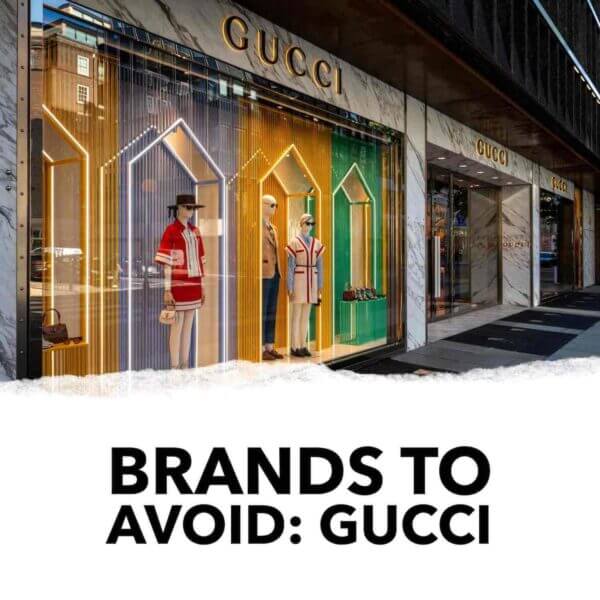
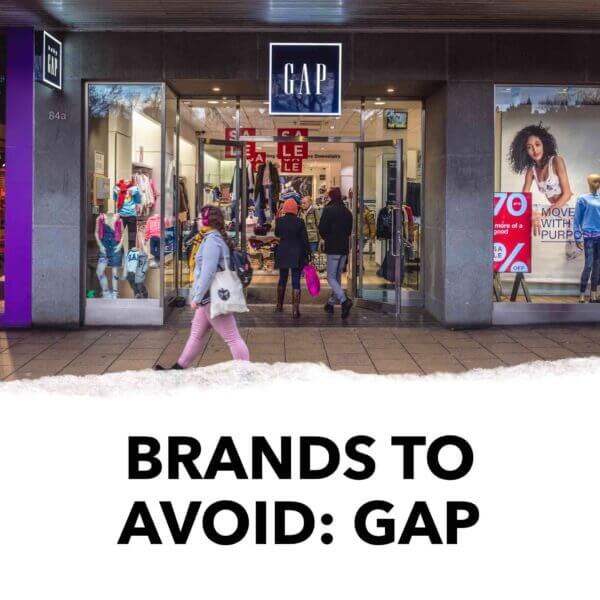

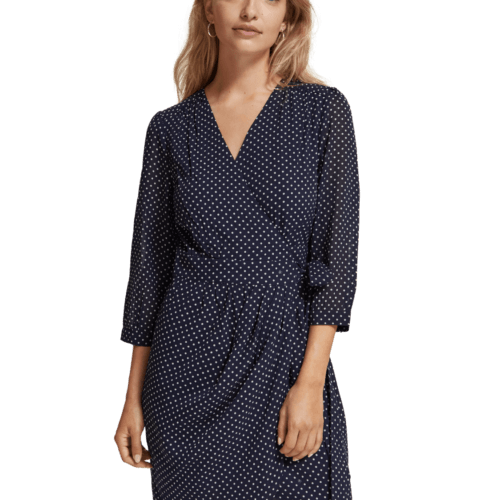




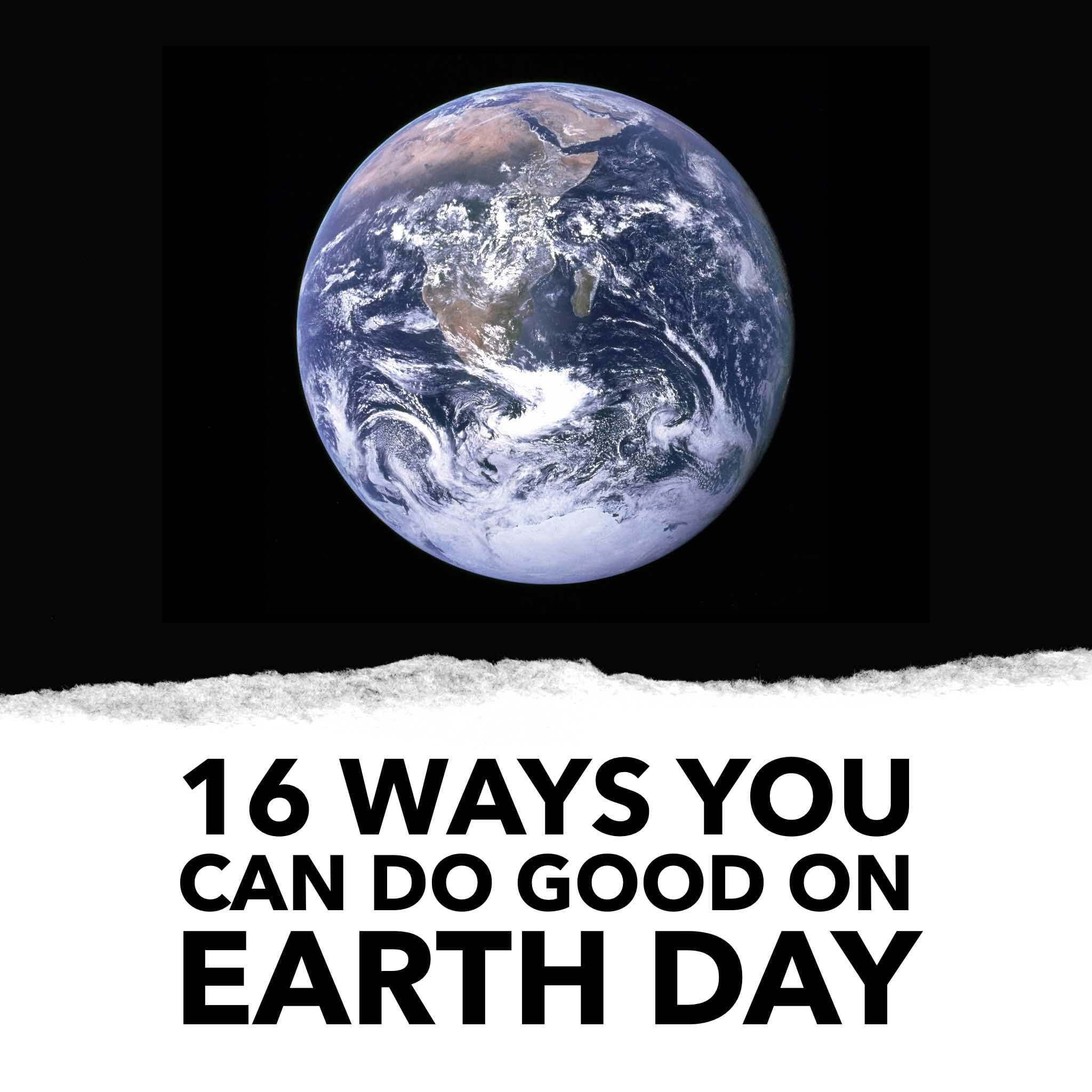
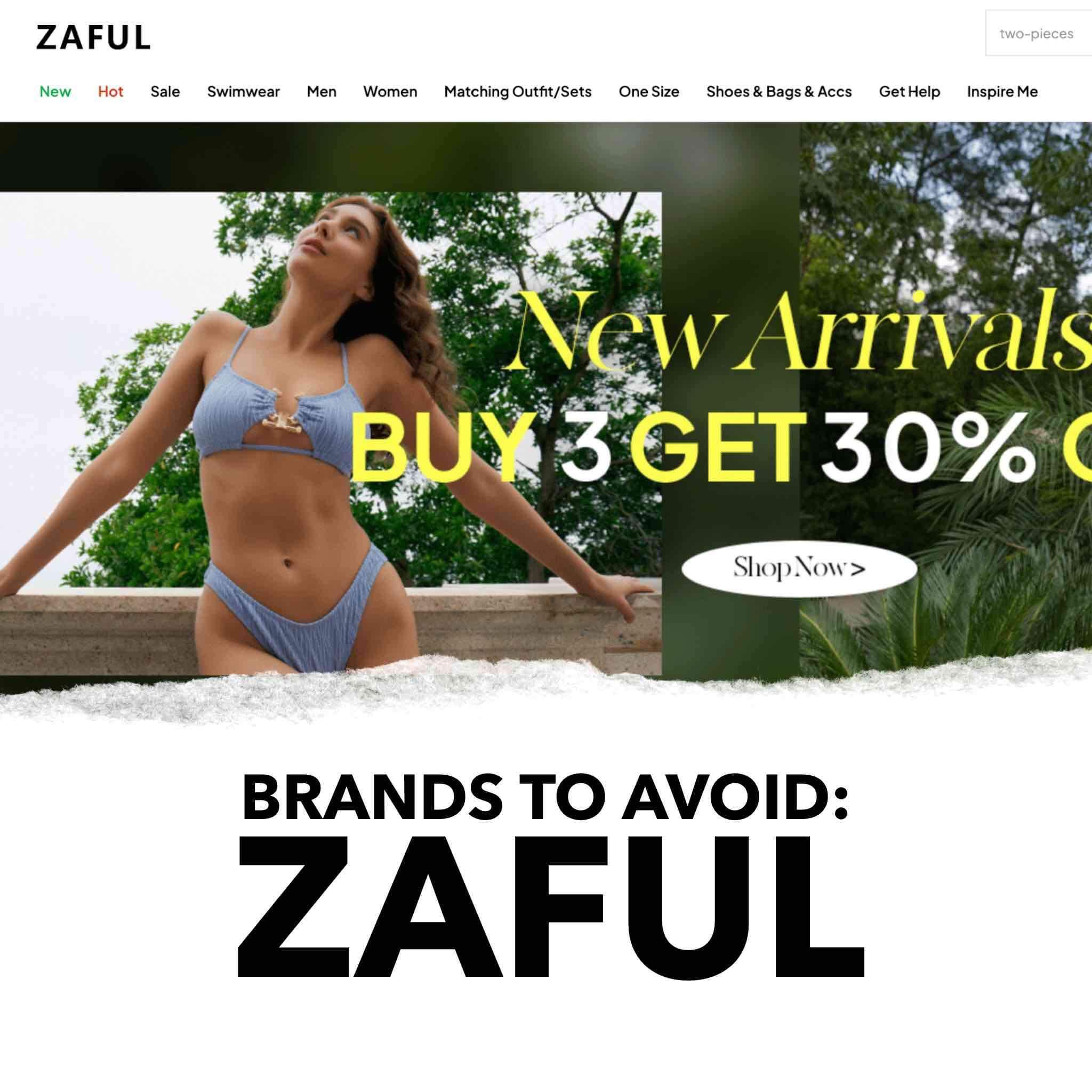
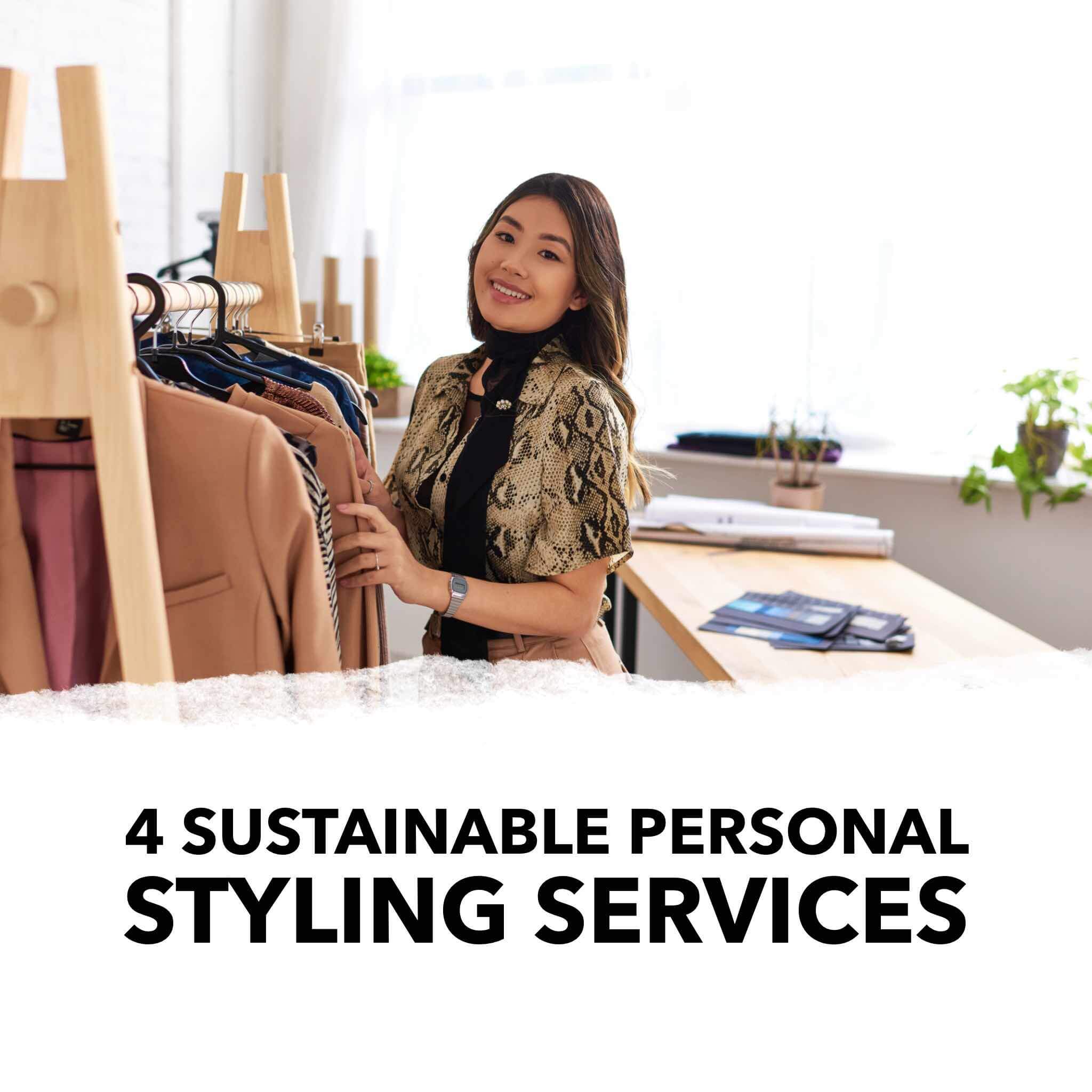
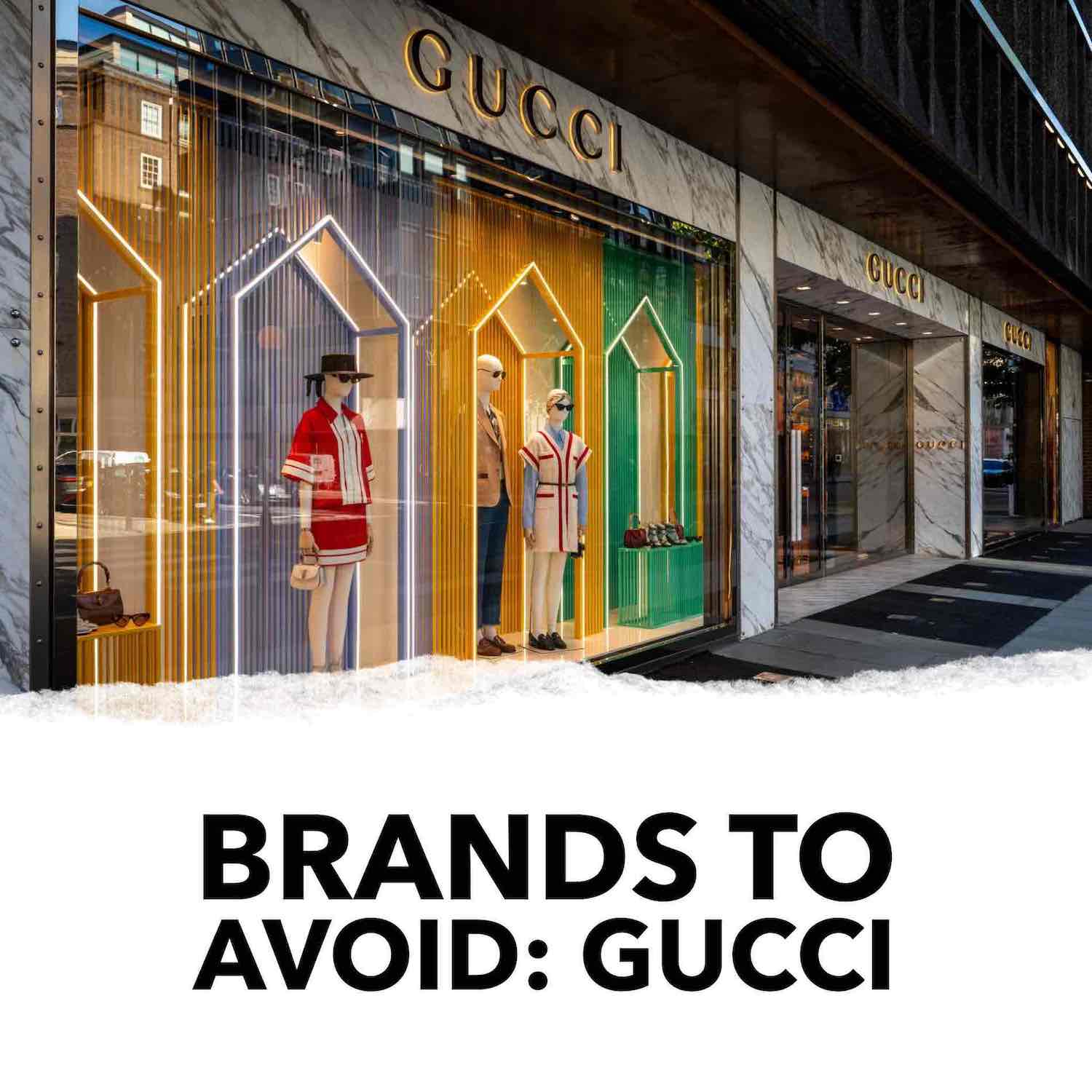
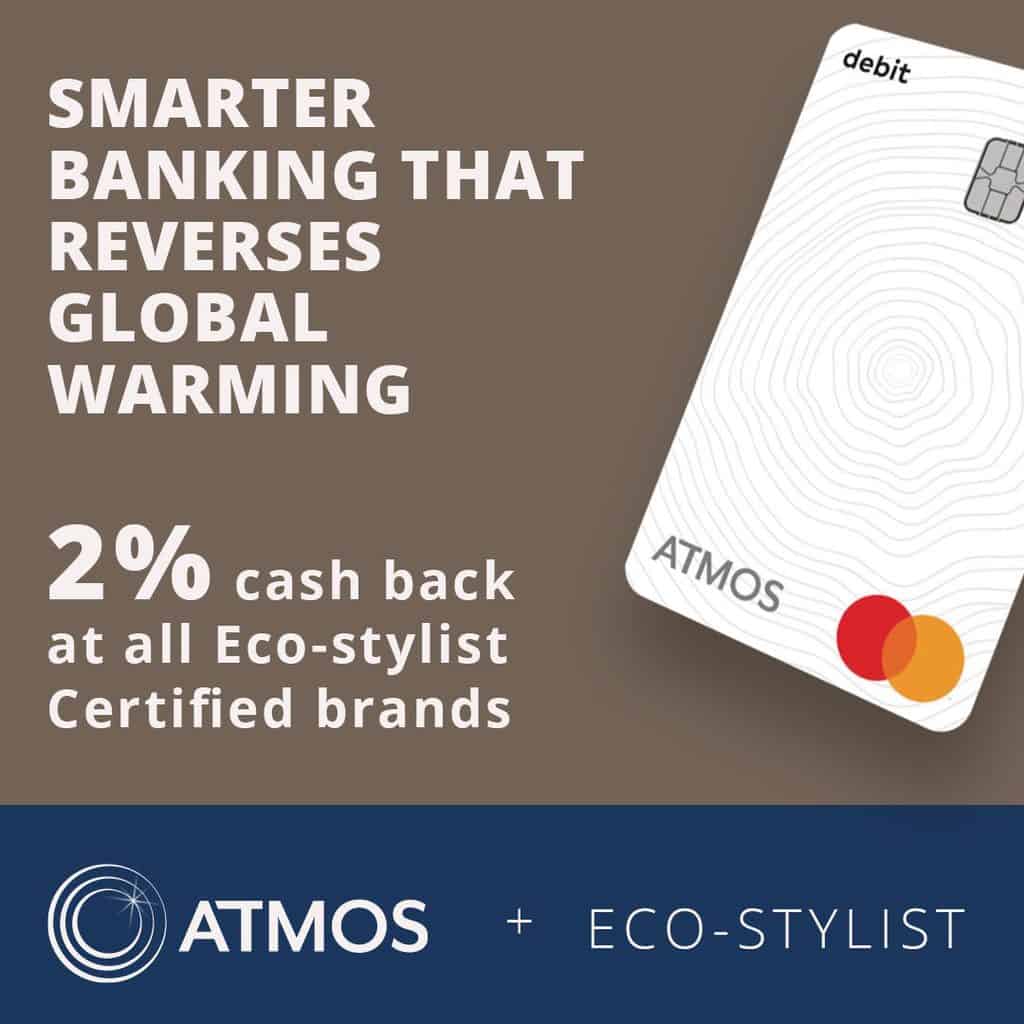
2 thoughts on “Is the Media Guilty of Paving the Way for Greenwashers? Let’s Discuss.”
Really interesting insights. On one hand raising awareness and educating the masses can be interpreted as a positive. Unfortunately what they’re learning is that the brands that caused the issue in the first place can be trusted to fix it which is simply not true – a healthy dose of skepticism should be administered with any media outlet pedaling sustainable brand rankings that feature H&M, Zara, or GAP.
Product review sites typically have a disclaimer stating that they were compensated in someway to participate. I’d love for this to be a practice the “Top 25 blah blah” production line media outlets adopt.
Really happy to see the concerns raised about ThredUP, I sense something similar happening on a smaller scale with Depop. I think organisations like ThredUP potentially boost H&Ms numbers and encourage over production, ThredUP essentially gave H&M an guaranteed outlet for their goods previously earmarked for landfill.
Love this!
I saw executives from ThredUP, ebay, etc. speaking on a panel at SXSW. It was very self-congratulatory and lacking in any kind of critique or self-examination. The article by ThredUP linked above is just one more example of this.
Big corporations like them and ebay chase aggressive growth and profits at a rate that’s not sustainable. Especially as we consider fast fashion shoppers replacing fast fashion with secondhand shopping. That might be a good starting place, but it shouldn’t be the end of the conversation. Slowing down our shopping is also an important part of the story.
Big believer in secondhand shopping but I’d much rather do it locally and support small business.